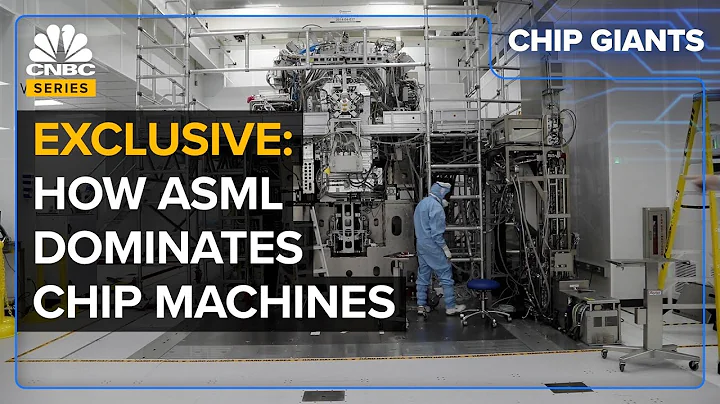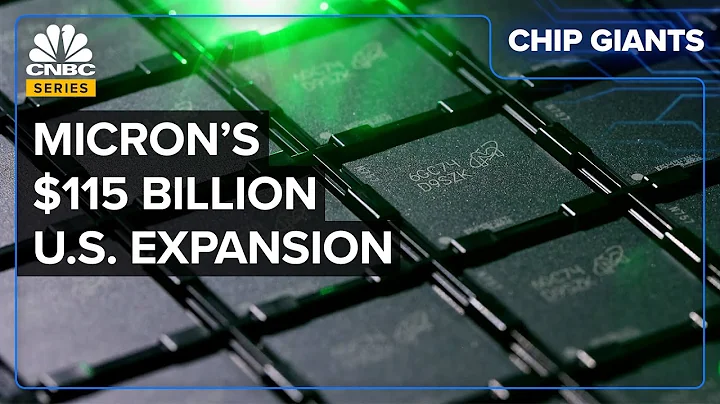Just as TSMC and Samsung are competing on the 3nm process, TSMC executives have stated that they will invest heavily in expanding mature process production capacity. At this time, it is turning around to expand mature process production capacity to compete with mainland chip companies. Why is this?

1. Advanced process research and development is becoming more and more difficult
In the 5nm process and before, TSMC and Samsung maintained the pace of upgrading their processes every 1-2 years. However, by the 3nm process, the advanced process advancement of the two chip manufacturing companies has encountered difficulties. difficulty.
TSMC and Samsung originally planned to mass-produce 3nm last year, but in the end it failed to materialize. Instead, they improved the 5nm process and launched 4nm. Samsung already mass-produced the 3nm process at the end of June. TSMC originally expected to mass-produce 3nm in the third quarter and for Apple OEM produces A16 processors. However, the result is that the A16 processors are ultimately produced using the 5nm process, which means that TSMC's 3nm process has been delayed again and cannot keep up with the production of the A16 processors.
After 3nm, the research and development progress of 2nm, 1.8nm and other processes will be slower. It is expected that these processes will be mass-produced in 2025, three years later. And with the 3nm process already delayed, the development of advanced processes such as 2nm will be slower. Whether R&D can be put into mass production in 2025 as scheduled will also be a question. Advanced processes such as
2nm are not only difficult to develop, but also more expensive. The price of the first-generation EUV lithography machine used in the 3nm process is US$120 million, while the price of the second-generation EUV lithography machine required for the 2nm process reaches 400 million US dollars. US dollars, the high cost has made it unbearable for customers. Currently, there are only two major customers of Apple and Intel for the 3nm process. Other customers have postponed the 3nm process because the cost is too high.
2. TSMC once again pays attention to the consideration of 28nm process
Data given by an analysis agency earlier pointed out that among the top ten chip foundries, the fastest growing ones are the three chip foundry companies in mainland China, and these three chip foundries Among the foundry companies, Jinghe Integration, which has the most backward technology, has the fastest growth rate. Jinghe Integration's most advanced process today is 65nm, which shows that the global market has higher demand for mature processes.

Now that the global chip market has entered a down cycle, chip design companies will pay more attention to cost control. As a result, the demand for mature processes may further increase; at the same time, mature processes are more reliable, especially for the current hot automotive industry. Chips have very high requirements for reliability. At the same time, a car requires hundreds or thousands of chips. Mature processes ensure reliability and reduce costs, meeting the needs of the automotive industry.
On the other hand, the emergence of new packaging technologies helps to improve the performance of mature processes. The chip stacking technology proposed by Huawei , and the chiplet technology proposed by Intel and TSMC all help to enhance the performance of mature processes, which also extends the The life of mature craftsmanship increases the demand for mature craftsmanship.
, coupled with the high cost of the above-mentioned advanced processes, has suppressed the demand of the chip industry. Chip design companies prefer to choose mature processes, which also prompts TSMC to further expand mature process production capacity.
With the rise of chips in mainland China, TSMC also feels threatened. According to data from IC insights, the gap between SMIC’s sales and Global Foundry’s has shrunk to 0.3 percentage points. SMIC has become the chip generation The only chip foundry in the second camp of factories that still continues to develop 7nm and more advanced processes, which means that SMIC will be the only foundry in the second camp that threatens TSMC. TSMC may try to suppress SMIC by expanding its mature process capacity. International and other chip foundries in mainland China.

Therefore, considering all factors, it is reasonable for TSMC to turn around and develop mature technology again. This also shows that there are no permanent friends. When SMIC and other mainland Chinese chip companies are far behind TSMC , TSMC had a friendly attitude, but when they began to threaten TSMC, TSMC quickly showed its fangs.





















